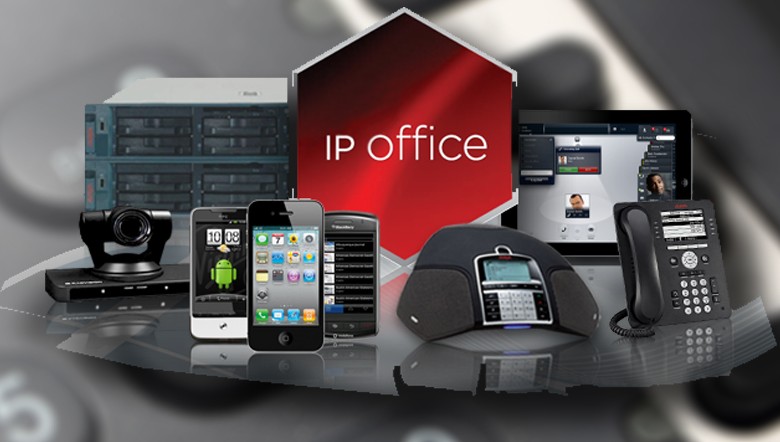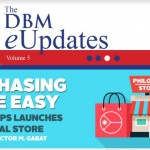In recent years, loyalty programs that reward buyers for sticking with the brand have steadily grown in popularity.
Between 2008 and 2012, U.S. loyalty memberships increased by 10 percent per year – reaching over 23 memberships per household.
But for all their growth and popularity, do loyalty programs really pay off for the companies that offer them? A recent McKinsey study suggests that on average, they do not – and may in fact destroy value for program owners. The study, involving 55 publicly traded North American and European companies, showed that those that spend more on loyalty, or have more visible loyalty programs, grow at about the same rate – or slightly slower – than those that do not (4.4 vs 5.5 percent per year since 2002).
Notably, this trend appears to vary by sector, with loyalty focus having a positive impact on hotel growth, but negative impact on airlines, car rentals, and food retail, for example. However, as a whole, companies surveyed that had higher loyalty spend also had EBITDA margins that were about 10 percent lower than companies in the same sectors that spent less on loyalty.
Despite relative underperformance in terms of revenue growth and profitability, over the past five years, market capitalization for companies that greatly emphasize loyalty programs has outpaced that of companies that don’t. This may reflect the hope that meaningful loyalty programs can drive long-term value – and perhaps that data amassed through loyalty programs will pay dividends in due time. Still, why do many loyalty programs fail to deliver this long-term value? And how do the winners manage to buck the trend?
Hallmarks of success, the ones that buck the trend
Companies that have developed loyalty programs that succeed in driving revenue growth share some common characteristics:
Integrate loyalty into the full experience: Starbucks, the brand that created loyalty by differentiating the ordinary experience of drinking coffee, has also managed to create a strongly differentiated loyalty program. To do this, the company integrated payments and mobile technology with the Starbucks shop experience to make the transaction more enjoyable.
Use the data: The Target REDcard combines loyalty and a valuable discount program – 5 percent at the point of sale. They have moved past the flat “discount-only” model by building out industry- leading data capabilities, using the data to target highest-value consumers (e.g., future moms).
Build partnerships: Despite Tesco’s massive success at using data to drive loyalty, Sainsbury slightly outpaced the giant’s sales growth in the UK for the last three to four years; in part this could be due to a new form of loyalty program. Sainsbury is the anchor retailer of the Nectar coalition, which allows consumers to collect rewards across a large number of non-competing retailers in the UK. Through Nectar, Sainsbury offers a broader value proposition to its customers, and captures external data from coalition partners.
Solve customer and industry pain points: Amazon’s largest success in loyalty is built around solving one of online shoppers’ primary pain points: delivery. For $79 a year, members of the online retailer’s “Prime” program get free two-day shipping, plus free digital content. Prime not only integrates tightly with Amazon’s customer and convenience-focused brand, it also creates a loyalty program for suppliers, who rely on Fulfillment By Amazon for access to Prime customers. While Prime’s stand-alone profitability is a closely guarded secret, it is estimated that members spend over four times more with Amazon than non-members.
Maximize difference between perceived value and real cost: Like most hotel loyalty programs, the major focus of the Starwood Preferred Guest (SPG) program is to attract high-value travelers by offering rewards t for personal leisure travel. Redemptions generally occur on weekends, when these hotels have relatively low occupancy and incur limited incremental cost. Starwood has also developed a series of offerings (e.g., upgrades, flexible check-in, Internet) that are highly valuable to their top customers, but bear little marginal cost. Overall, Starwood’s loyalty program has improved its brand appeal and helped the chain achieve above market growth, despite relatively low overall guest satisfaction scores.
Allocate loyalty reinvestment to the most profitable customers: Southwest Airlines’ loyalty program has been a hallmark of its brand, and the 2010 revamping of the program appears to have maintained its customer appeal, while better correlating its spend to profitability. While most airlines attach rewards to miles flown, Southwest offers rewards based on ticket price. Their loyalty rewards spend remains similar to that of other loyalty-focused airlines (i.e., 8 to 9 percent of revenue passenger miles), but the program is better positioned to drive profitability.
Loyalty programs are not only growing, but they are also becoming more tightly integrated with the supporting brand and shopping experience, offering consumers a seamless experience across point of sale, the Internet, phone and mobile channels. Consumer-facing businesses must think beyond the concept of a me-too, points-based loyalty program. To reap the full benefits of customer loyalty, they must create a differentiated experience, consistent with their brand, to provide a step change in brand preference.
Source: 2014, (http://www.businessinsider.com/effective-loyalty-programs-2014-3)
read more







